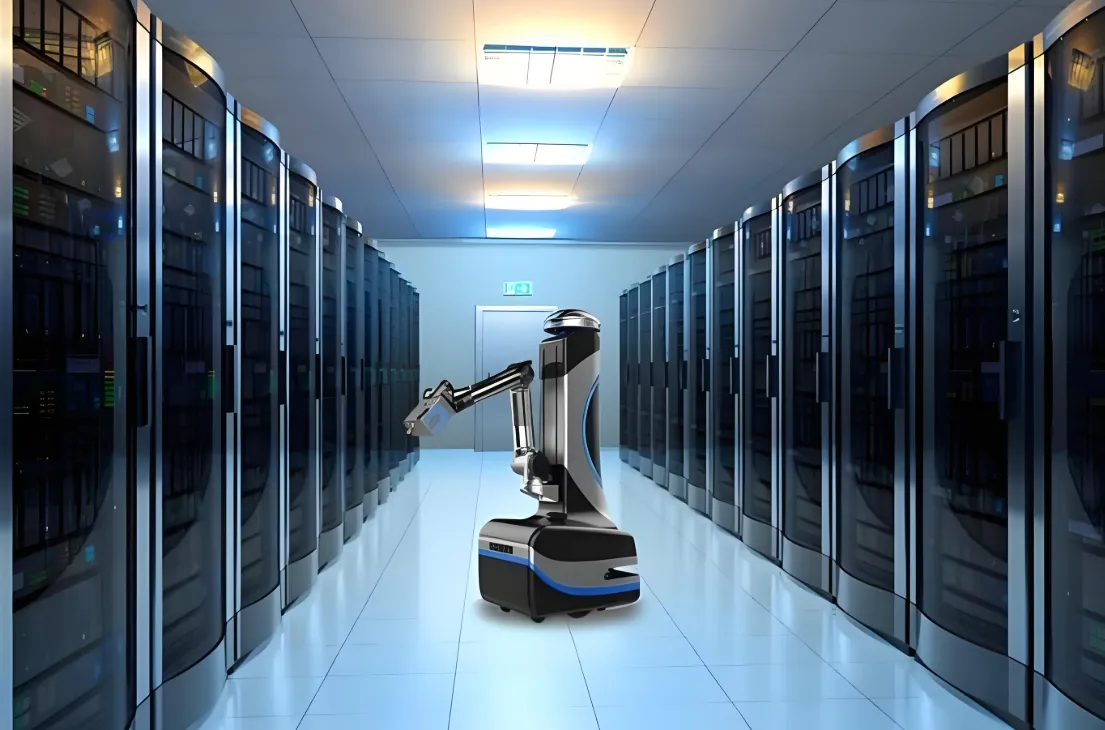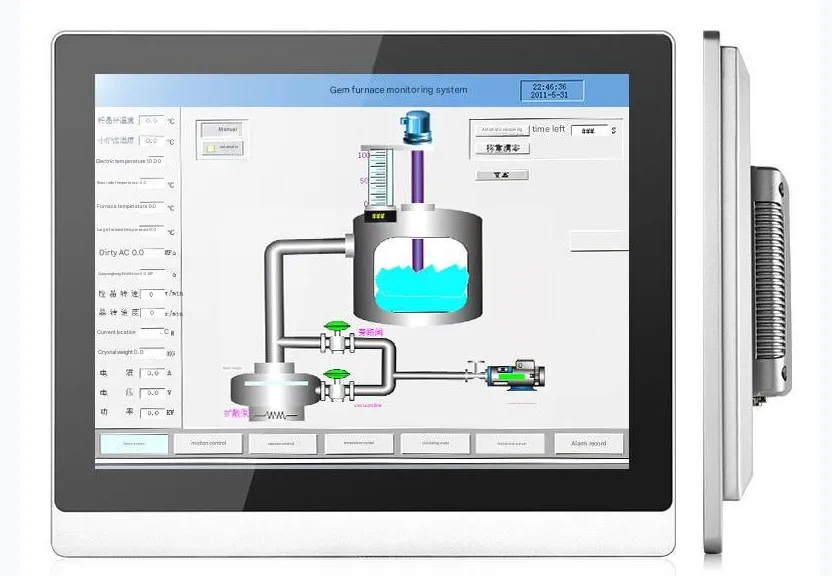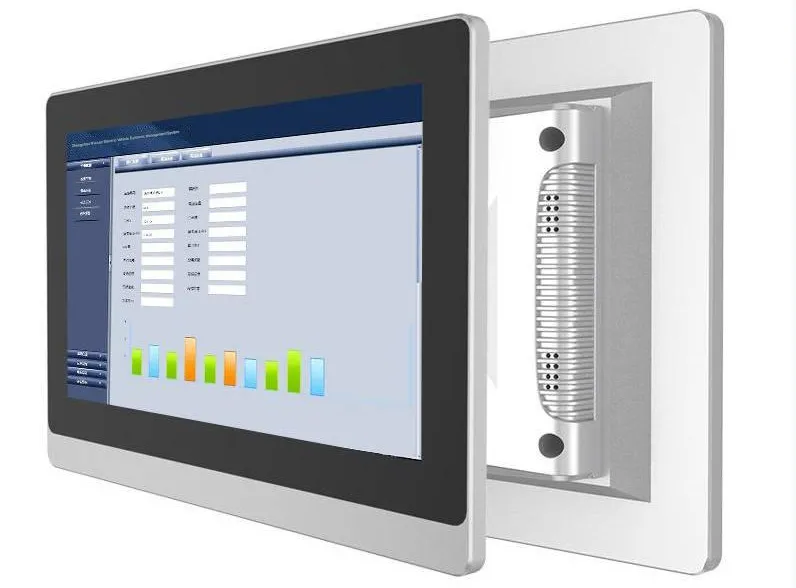As the name suggests, the AI-powered inspection robot for computer room inspections primarily patrols the computer room. It falls under the inspection robot category, similar to AI-powered inspection robots for power plants and railways. In short, these robots are designed and developed for specific work environments, addressing the shortcomings of manual inspections.
Compared to 24/7 human patrols, AI-powered inspections are significantly more efficient and less costly. In reality, computer room inspections are a complex process. Humans can detect circuit operation and lighting fixture anomalies, but they struggle to detect wear and tear on components, loose or deformed parts, or indoor smoke and dust. Robots offer a scientific approach to inspection. While humans can determine the health of the computer room based on existing observations, AI-powered robots can predict problems through more detailed observation and detection, preventing them before they occur.

The AI-powered inspection robot for computer room inspections combines artificial intelligence with multiple sensors to automatically detect and diagnose computer room equipment and the environment. Its responsibilities include equipment inspection and coding, computer room environment monitoring, asset inventory, fault alarms, and personnel management. The AI inspection robot for computer rooms is specifically designed for computer room maintenance. Within the computer room environment, the robot must be as intelligent as a human. It must be able to automatically plan routes, conduct autonomous inspections, and avoid obstacles, providing real-time visibility and control over the computer room status. This effectively improves operational efficiency, resource utilization, and overall computer room stability.
The application of industrial tablets in the AI inspection robot for computer rooms is reflected in the intelligent control terminal. Based on the application requirements of the AI inspection robot for computer rooms and the staff's design and configuration, it must assume the following responsibilities or meet the following requirements.
Panel PC Applications in Inspection Scenarios (Figure 2)
1. Self-service navigation and obstacle avoidance, automatic route planning, autonomous inspection and obstacle avoidance
2. Equipment detection, coding, indicator lights, switches, meters, on-screen text, surface temperature
3. Environmental monitoring, temperature and humidity, dust, smoke, noise, gas, wind speed, and alarms
4. Fault alarms, real-time fault diagnosis, fault warnings, asset inventory, automatic equipment asset statistics, and dynamic asset inventory updates
5. Asset inventory, automatic equipment asset statistics, and dynamic asset inventory updates
6. Personnel control, card reading, and personnel registration control
The Panel PC serves as a platform for interaction between staff and the AI inspection robot in the computer room. It generates feasibility reports based on inspection data and displays them to staff. It also performs security functions, fulfilling personnel control responsibilities and performing necessary personnel registration and identification. This requires the Panel PC to have its own operating system, connected to the AI robot, capable of processing complex data, and capable of adding special modules such as RFID readers, built-in microphones, and cameras.
Panel PC Applications in Inspection Scenarios
The fourth-generation Chuangtengxiang Panel PC, available in silver and gunmetal, boasts industrial quality and is designed to withstand high electromagnetic and electrostatic interference in computer rooms. Its one-piece die-cast aluminum alloy construction is dust- and waterproof. Its industrial aesthetic and streamlined design are ideal for use with AI robots. Its powerful performance ensures 24/7, uninterrupted, efficient, and stable operation in harsh environments.

It is compatible with 99% of industry software. Customizable modules and configuration upgrades are available, including RFID readers, facial recognition, and microphones, as needed.
Panel PC Applications in Inspection Scenarios (Figure 4)
Performance Parameters of the Chuangtengxiang Fourth-Generation Panel PC
High-precision aluminum alloy die-casting, with radiation-proof structural design and internal structure designed to prevent electromagnetic interference

Independently developed x86 industrial-grade motherboard, coupled with a Celeron J1900 quad-core processor (upgradable to the Core series), for fast operation and instant inspection and storage
24/7 non-stop, efficient and stable operation, meeting inspection and security needs
Multiple pre-configured interfaces enable efficient data transmission and import, and various modules can be customized to meet application requirements
The AI robot for computer room inspection is designed for the unique environment and characteristics of computer rooms. The importance, vulnerability, and significant losses caused by failures were the primary considerations for its development and design. Continuous inspections and scientific analysis are essential for preventing potential problems before they occur. This represents a huge market, and Panel PCs also have enormous potential for application.



